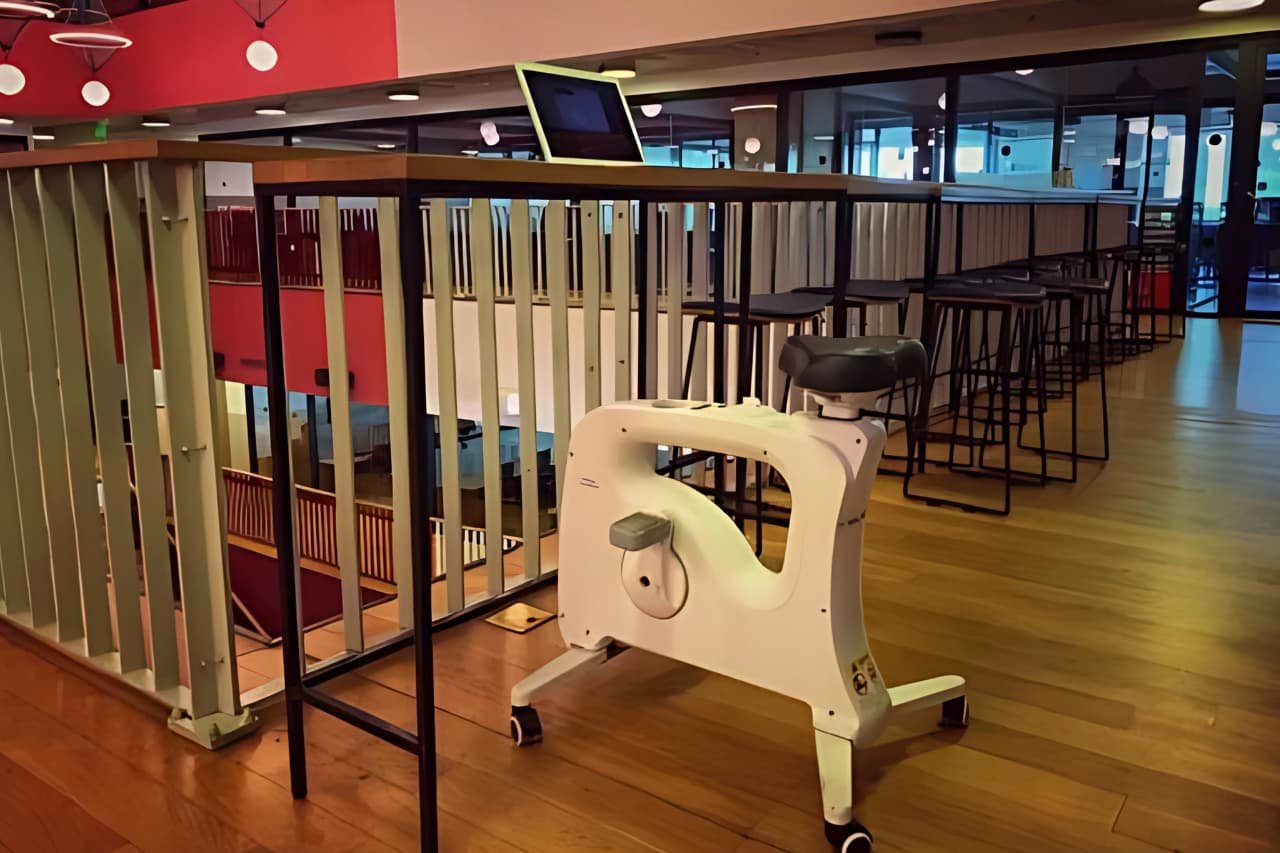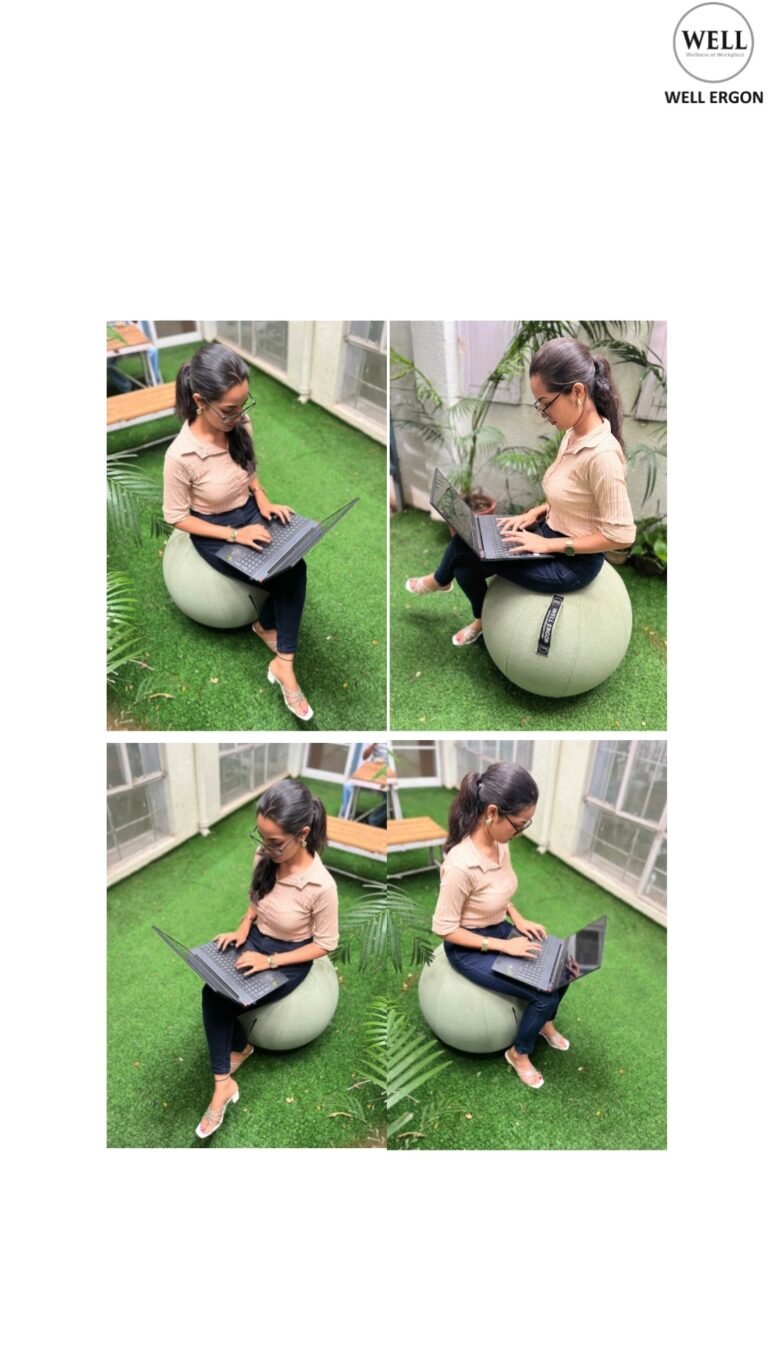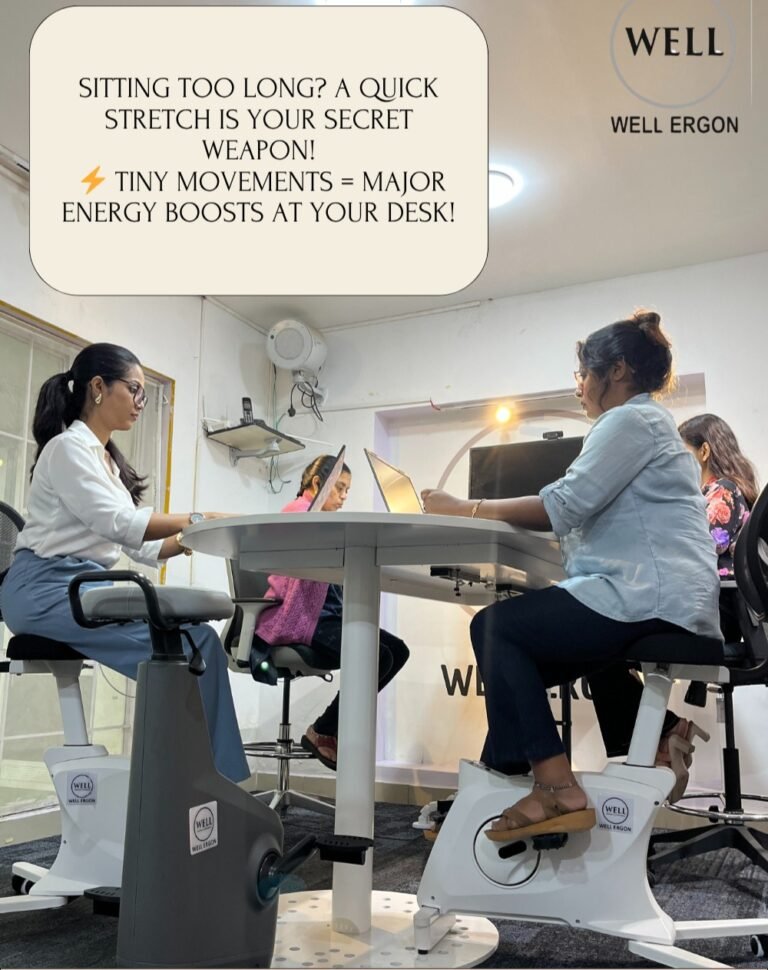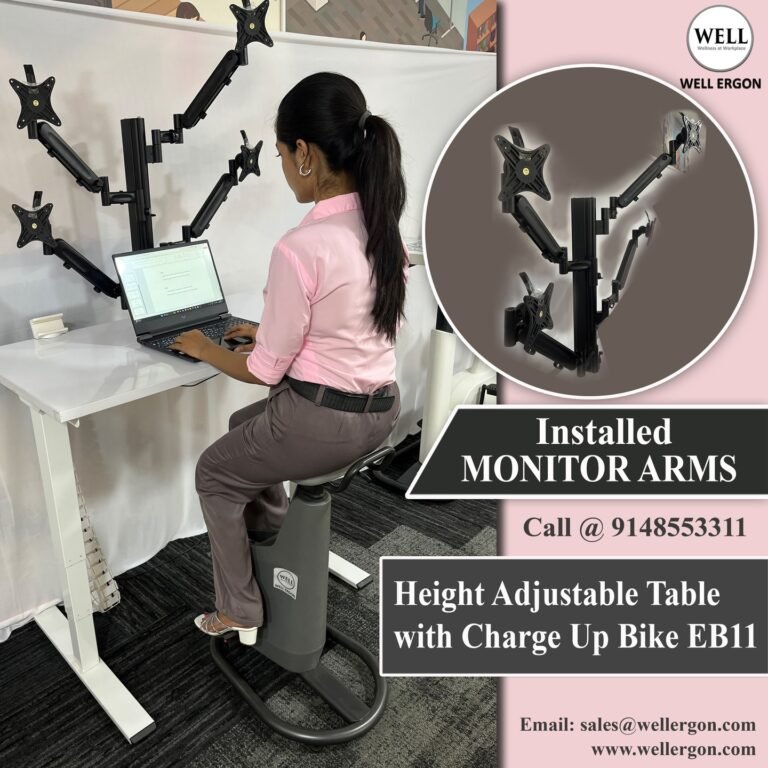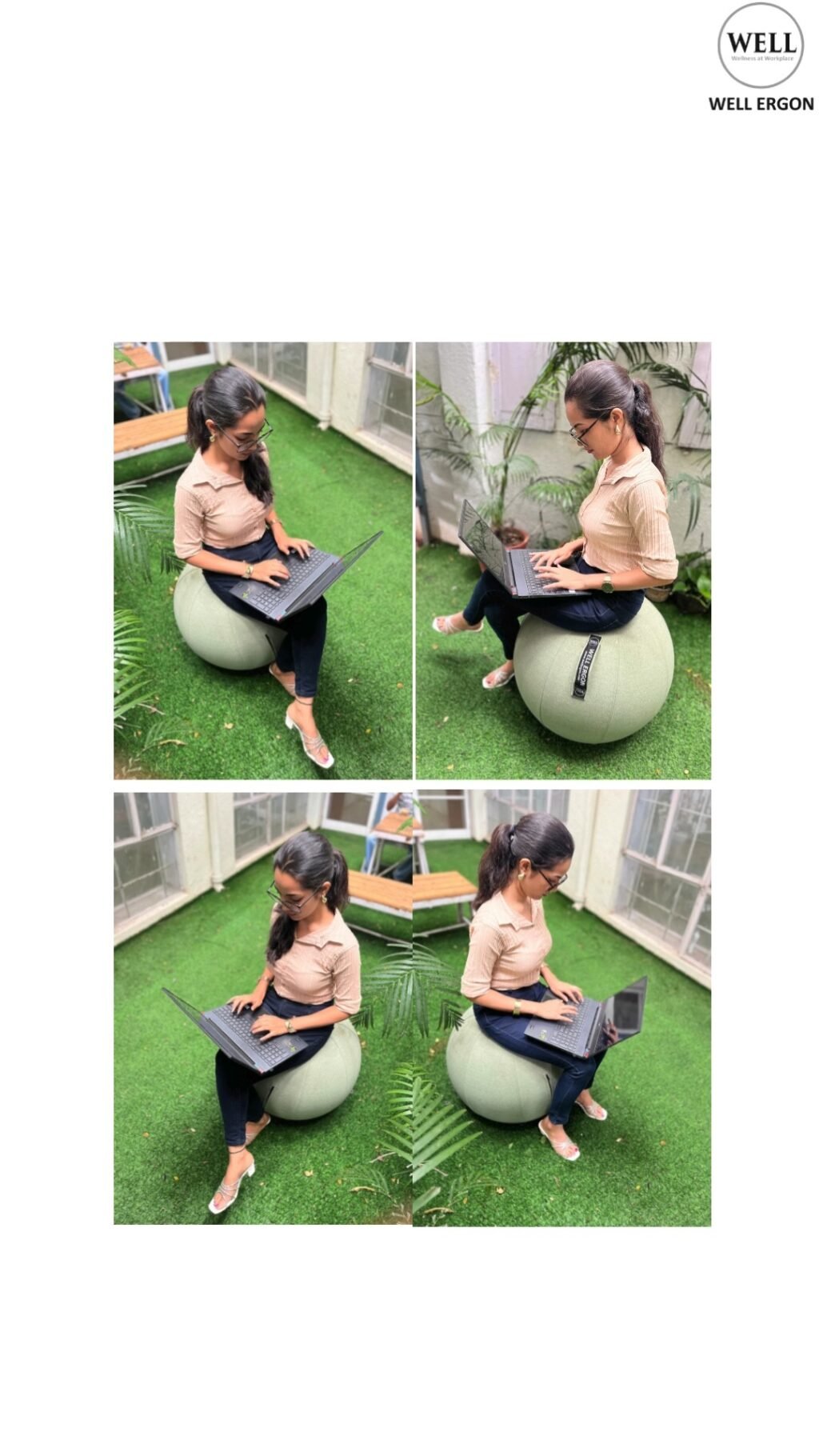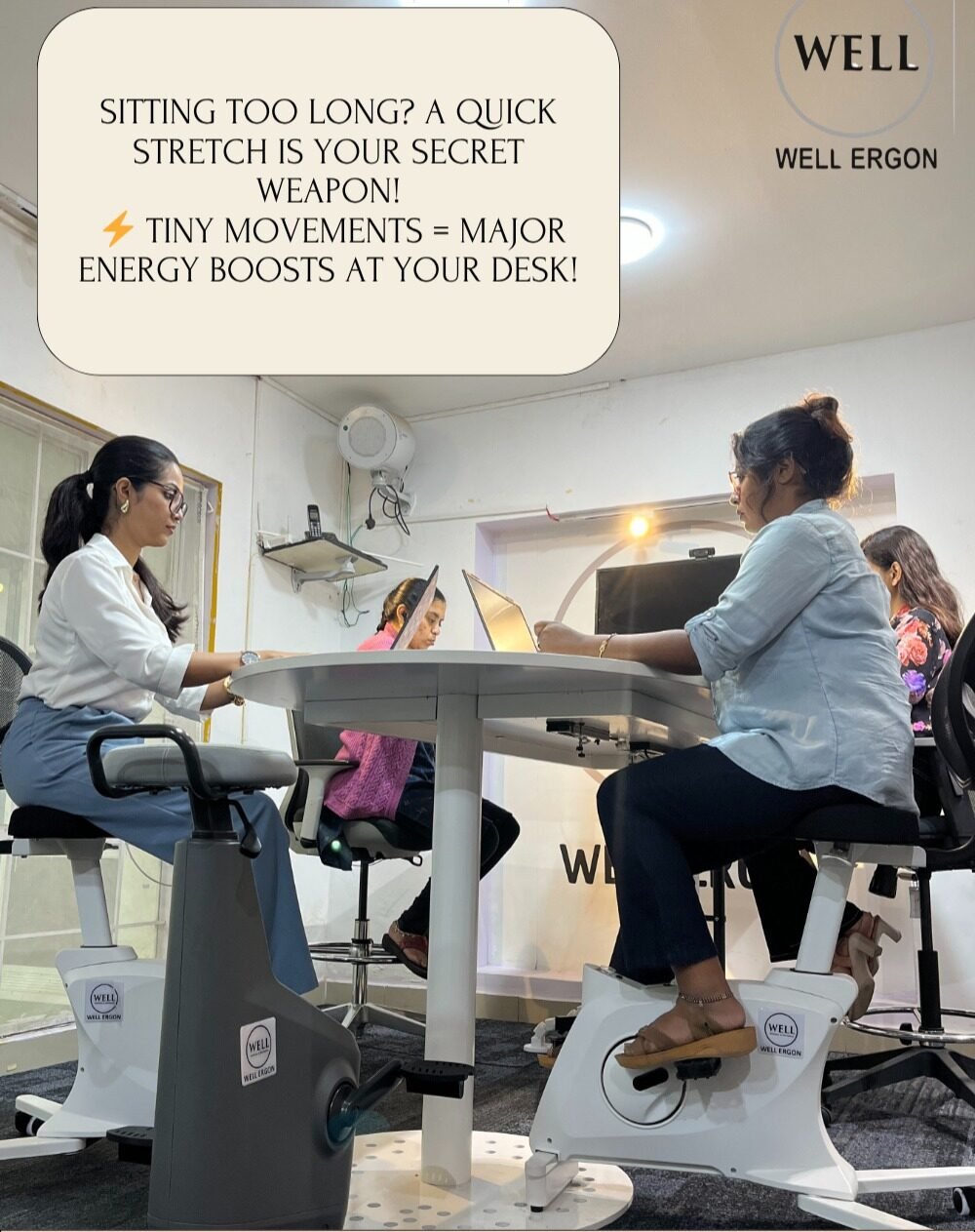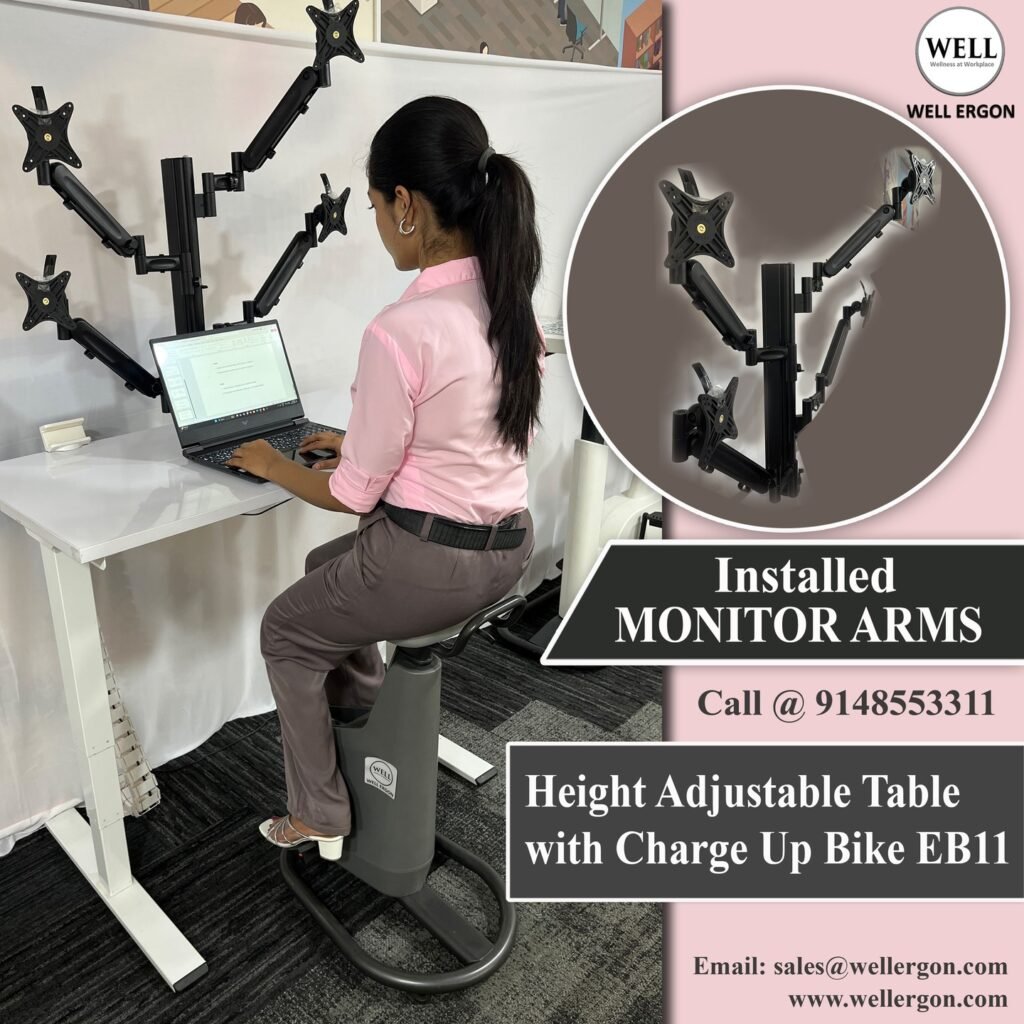1. The Rise of Ergonomics in Tech Companies
1.1. Definition and importance of ergonomics
Ergonomics is all about making our work environment fit us, rather than the other way around. It’s like having a comfy pair of shoes that just feels right. In the workplace, ergonomics means designing our spaces and tools to suit our bodies and how we naturally move and work.
Why is it so important? Well, imagine trying to run a marathon in shoes that don’t fit. That’s what working in a non-ergonomic environment can feel like. Good ergonomics helps us work more comfortably, which can lead to better health and even improved productivity.
1.2. Historical context of ergonomics in the workplace
Ergonomics isn’t a new idea. It’s been around for quite a while, but it hasn’t always been a top priority. In the past, offices were often set up with a one-size-fits-all approach. Remember those old-school desks and chairs that were the same for everyone? Not exactly tailor-made for comfort!
Over time, people started to realize that this approach wasn’t doing anyone any favors. Workers were experiencing health issues, and productivity wasn’t as high as it could be. That’s when ergonomics started to gain more attention.
1.3. Silicon Valley’s shift towards prioritizing employee well-being
Silicon Valley has always been known for pushing boundaries, and now they’re doing it with ergonomics too. Tech companies are realizing that happy, healthy employees are key to success. It’s like they’ve discovered a secret ingredient – take care of your people, and they’ll take care of business.
This shift isn’t just about having fancy office chairs (though those are nice too!). It’s a whole new way of thinking about work environments. Silicon Valley CEOs are leading the charge, making employee well-being a top priority. They’re not just talking the talk; they’re walking the walk by investing in ergonomic solutions throughout their companies.
2. The Science Behind Ergonomics
2.1. Physical benefits of ergonomic workspaces
Let’s talk about how ergonomics can be a real lifesaver for our bodies. When we work in spaces designed with ergonomics in mind, it’s like giving our bodies a big hug. Here are some of the physical perks:
- Less strain on our muscles and joints
- Reduced risk of repetitive strain injuries
- Better posture (goodbye, hunched shoulders!)
- Fewer headaches and eye strain
It’s like ergonomics is our body’s best friend at work, always looking out for us.
2.2. Cognitive advantages of ergonomic design
But ergonomics isn’t just about physical comfort. It turns out it’s pretty good for our brains too! When we’re comfortable, our minds can focus better on the task at hand. It’s like clearing away mental clutter.
Some cognitive benefits include:
- Improved concentration
- Enhanced creativity
- Better problem-solving skills
- Reduced mental fatigue
It’s as if ergonomic design gives our brains the perfect environment to thrive.
2.3. Long-term health impacts of ergonomic practices
Think of ergonomics as an investment in your future self. By taking care of your body now, you’re setting yourself up for better health down the road. Some long-term benefits include:
- Reduced risk of chronic pain conditions
- Lower chances of developing musculoskeletal disorders
- Better overall physical health
- Improved mental well-being
It’s like ergonomics is a time machine, helping us take care of our future selves right now.
3. Innovative Ergonomic Solutions in Silicon Valley
3.1. Standing desks and adjustable workstations
Silicon Valley is all about innovation, and that extends to their workstations too. Standing desks and adjustable workstations are becoming as common as coffee machines in tech offices. These aren’t your grandpa’s desks – they’re high-tech marvels that can be adjusted with the push of a button.
The beauty of these desks is that they allow people to change positions throughout the day. It’s like having the freedom to stretch your legs without leaving your desk. Many workers report feeling more energized and focused when they have the option to stand.
3.2. Ergonomic chairs and seating alternatives
Gone are the days of one-size-fits-all office chairs. Silicon Valley companies are investing in ergonomic chairs that would make even a king jealous. These aren’t just chairs; they’re thrones of comfort and support.
But it doesn’t stop at chairs. Many companies are experimenting with alternative seating options like:
- Ergo Ball
- Kneeling chairs
- Saddle seats
It’s like a buffet of seating options, allowing employees to choose what works best for them.
3.3. Desk Exercise Charging Bike: Combining Productivity with Wellness
In the fast-paced world of tech, where long hours at a desk can take a toll on both the body and mind, innovation has introduced a new way to stay active while you work – the Desk Exercise Charging Bike. These high-tech bikes are designed to fit seamlessly into your workstation, offering a unique blend of productivity and physical wellness.
Imagine pedaling away while handling emails, joining virtual meetings, or brainstorming ideas. The Desk Exercise Charging Bike allows you to get your blood pumping without having to step away from your desk. As you cycle, you can even generate power to charge your devices, making it a win-win for both your health and your tech.
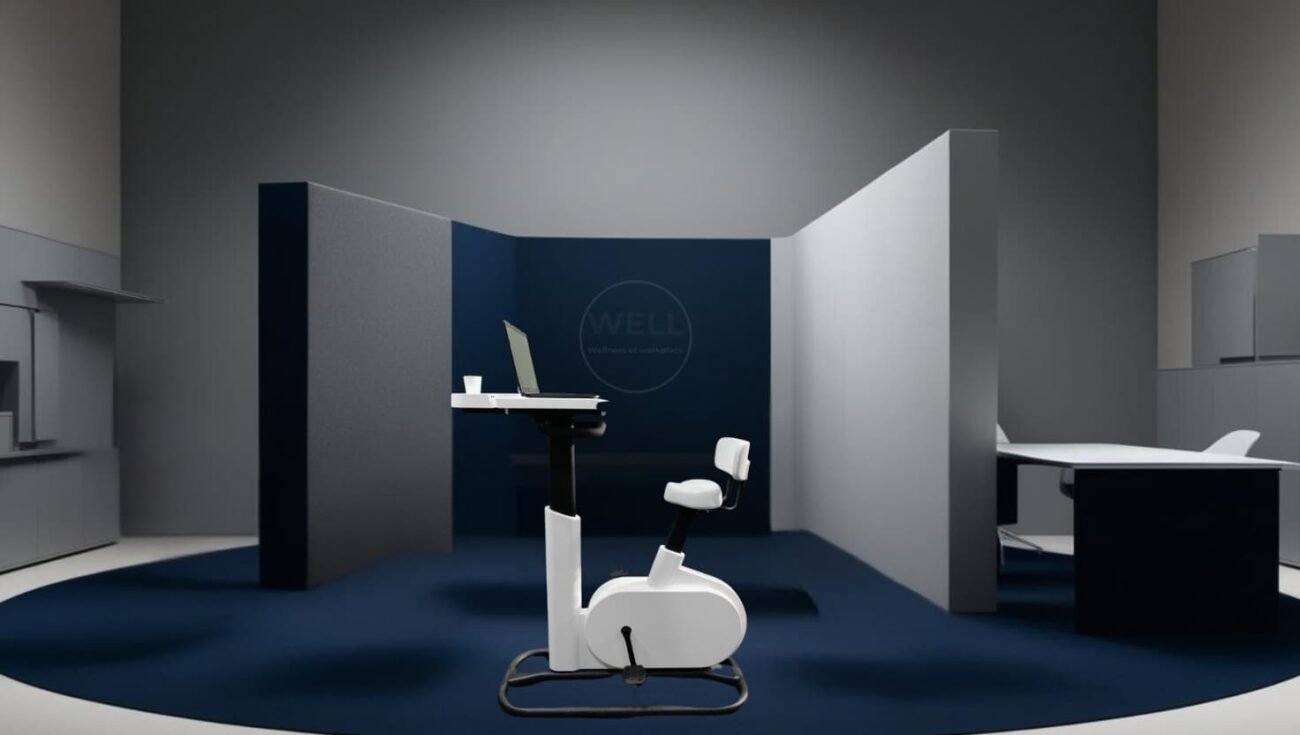
With adjustable settings to suit your workspace and comfort level, these bikes let you work and exercise at the same time, helping to increase circulation, improve focus, and boost energy levels. Many users report feeling more alert and productive after incorporating a bike into their routine, all while reducing the risks associated with prolonged sitting.
Whether you’re looking to improve your fitness or simply want a new way to power up your workday, the Desk Exercise Charging Bike is the perfect solution for the modern professional.
3.3. Desk Exercise Charging Bike: Combining Productivity with Wellness
The ergonomic revolution extends beyond desks and chairs. Silicon Valley is also focusing on the little things that can make a big difference. We’re talking about:
- Ergonomic keyboards that let your hands rest naturally
- Vertical mice that reduce wrist strain
- Monitor arms that help position screens at the perfect height
- Footrests for those whose feet don’t quite reach the ground
It’s like every aspect of the workspace is getting an ergonomic makeover.
4. The Role of CEOs in Driving Ergonomic Change
4.1. Personal experiences influencing CEO decisions
Many Silicon Valley CEOs have become ergonomics champions because of their own experiences. Some have dealt with back pain or other health issues from long hours at poorly designed workstations. It’s like they’ve walked a mile in uncomfortable shoes and don’t want their employees to suffer the same fate.
These personal experiences have turned many CEOs into ergonomics believers. They’ve felt the difference good ergonomics can make, and now they want to share that with their teams.
4.2. CEO-led initiatives and company-wide policies
CEOs aren’t just talking about ergonomics; they’re taking action. Many are spearheading company-wide initiatives to improve workplace ergonomics. This might include:
- Ergonomics training for all employees
- Regular workstation assessments
- Budgets for ergonomic equipment
It’s like the CEOs are becoming ergonomics cheerleaders, encouraging everyone to join in.
4.3. Balancing cost and benefits of ergonomic investments
Of course, ergonomic solutions aren’t free. CEOs have to balance the costs with the potential benefits. But many are finding that the investment is worth it. They’re looking at factors like:
- Reduced healthcare costs
- Improved productivity
- Higher employee satisfaction and retention
It’s like they’re playing the long game, seeing ergonomics as an investment in their company’s future.
5. Measuring the Impact of Ergonomics
5.1. Productivity gains from ergonomic improvements
One of the big questions is: Does ergonomics really boost productivity? Many Silicon Valley companies are finding that the answer is a resounding yes. They’re seeing:
- Fewer work interruptions due to discomfort
- Increased focus and concentration
- Higher output and better quality of work
It’s like ergonomics is the secret sauce for productivity.
5.2. Employee satisfaction and retention rates
Happy employees tend to stick around, and ergonomics seems to be making a lot of employees happy. Companies are noticing:
- Higher job satisfaction scores
- Lower turnover rates
- More positive company reviews
It’s as if ergonomics is helping to create a workplace that people actually want to be part of.
5.3. Reduction in workplace injuries and health issues
Perhaps the most significant impact is on employee health. Companies are reporting:
- Fewer repetitive strain injuries
- Reduced absenteeism due to health issues
- Lower workers’ compensation claims
It’s like ergonomics is acting as a shield, protecting employees from workplace-related health problems.
6. Challenges in Implementing Ergonomic Solutions
6.1. Resistance to change among employees
Change isn’t always easy, even when it’s for the better. Some employees might be resistant to new ergonomic solutions. They might think:
- “I’m used to my old setup”
- “This new chair feels weird”
- “I don’t have time to learn how to use this standing desk”
It’s like trying to convince someone to try a new food – sometimes it takes a little encouragement and patience.
6.2. Budget constraints and ROI considerations
Ergonomic solutions can be expensive, and not every company has deep pockets like some Silicon Valley giants. Some challenges include:
- High upfront costs for quality ergonomic equipment
- Difficulty in measuring exact ROI
- Competing priorities for limited budgets
It’s like trying to decide whether to buy a fancy coffee machine for the office – it might make everyone happier, but is it worth the cost?
6.3. Customizing ergonomic solutions for diverse needs
One size doesn’t fit all when it comes to ergonomics. Companies are finding that they need to cater to a diverse range of needs:
- Different body types and sizes
- Various job roles with unique requirements
- Employees with specific health conditions
It’s like trying to buy shoes for an entire office – what works for one person might not work for another.
7. The Future of Ergonomics in the Workplace
7.1. Emerging technologies in ergonomic design
The future of ergonomics looks pretty exciting. We’re seeing some cool new technologies on the horizon:
- AI-powered workstations that adjust to your posture
- Virtual reality tools for ergonomic training
- Wearable devices that remind you to move or stretch
It’s like science fiction is becoming science fact in the world of ergonomics.
7.2. Integration of ergonomics in remote work settings
With more people working from home, ergonomics is expanding beyond the office. Companies are looking at ways to:
- Provide ergonomic equipment for home offices
- Offer virtual ergonomic assessments
- Educate employees on setting up ergonomic home workspaces
It’s like ergonomics is breaking out of the office and coming home with us.
7.3. Potential legal and regulatory changes
As awareness of ergonomics grows, we might see changes in laws and regulations. This could include:
- Stricter standards for workplace ergonomics
- Requirements for ergonomic training in certain industries
- Incentives for companies that prioritize ergonomics
It’s like ergonomics might become not just a nice-to-have, but a must-have in the workplace.
Summary
Ergonomics has come a long way from being a niche concern to a major focus in Silicon Valley. CEOs are leading the charge, recognizing the benefits for both employees and the bottom line. While there are challenges in implementation, the future looks bright for ergonomics in the workplace. As technology advances and our understanding of workplace health improves, we can expect to see even more innovative ergonomic solutions in the years to come.



